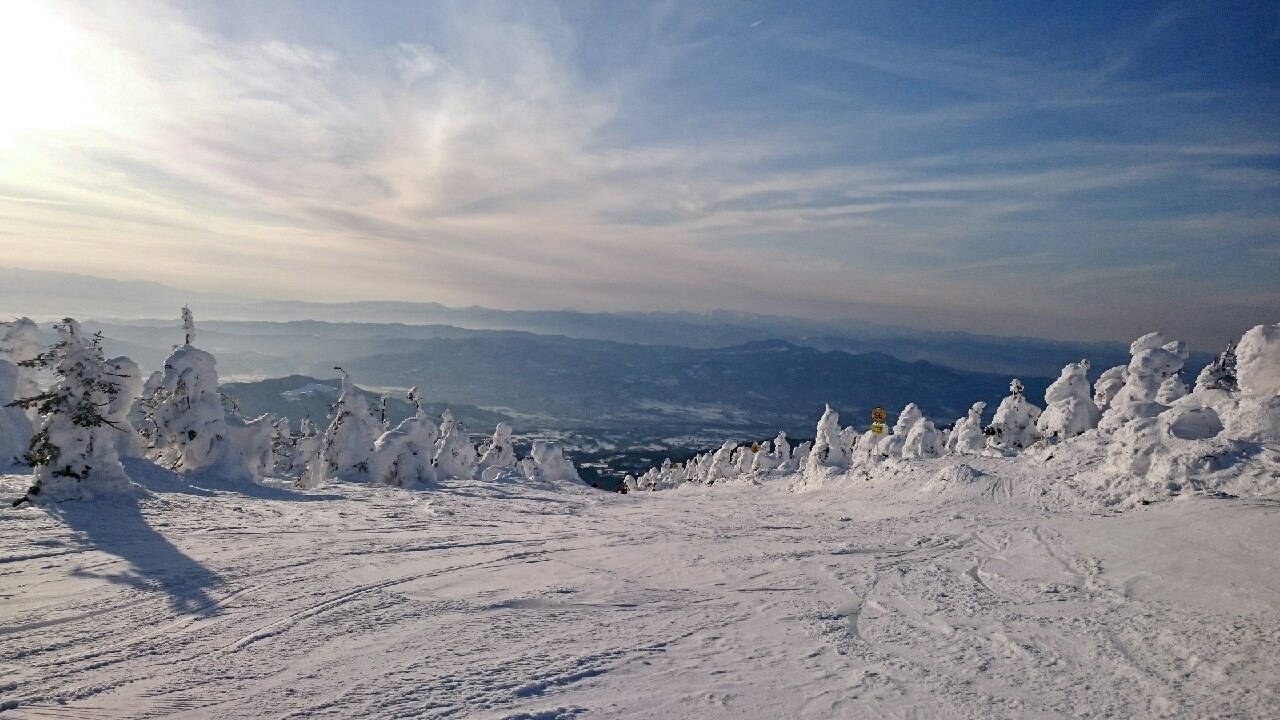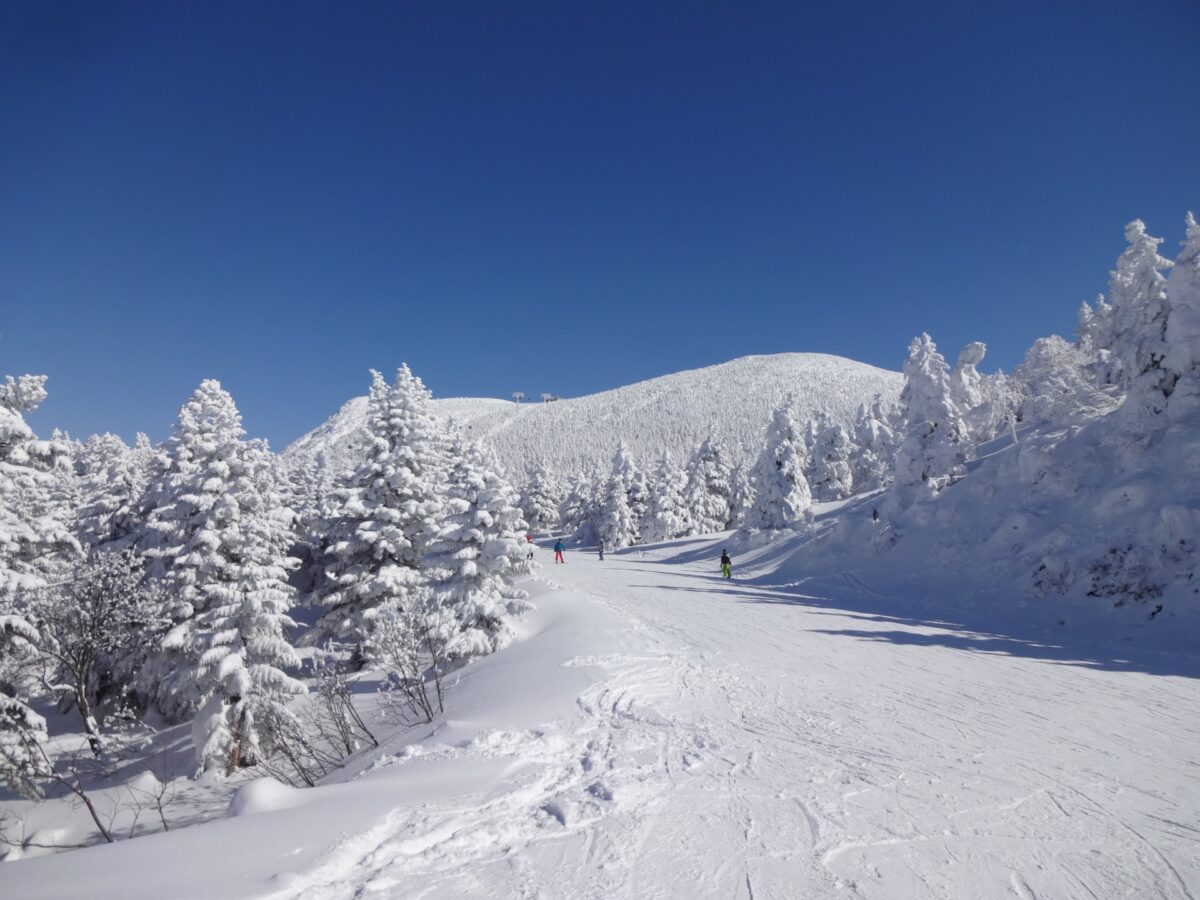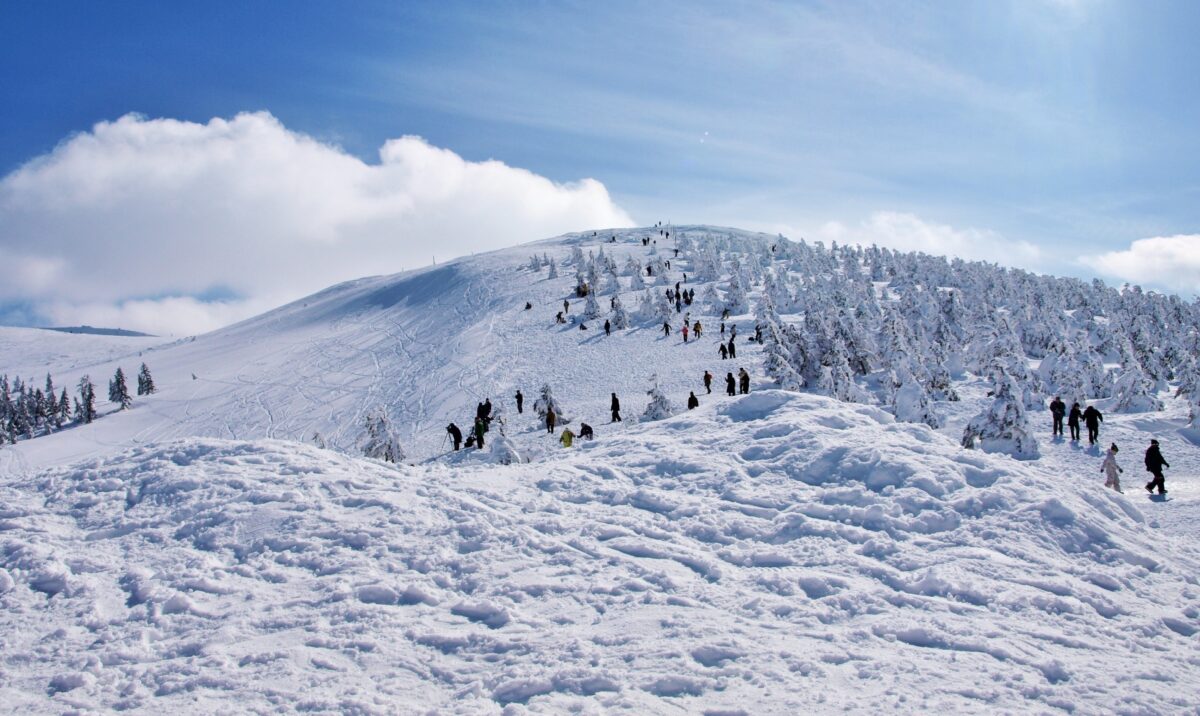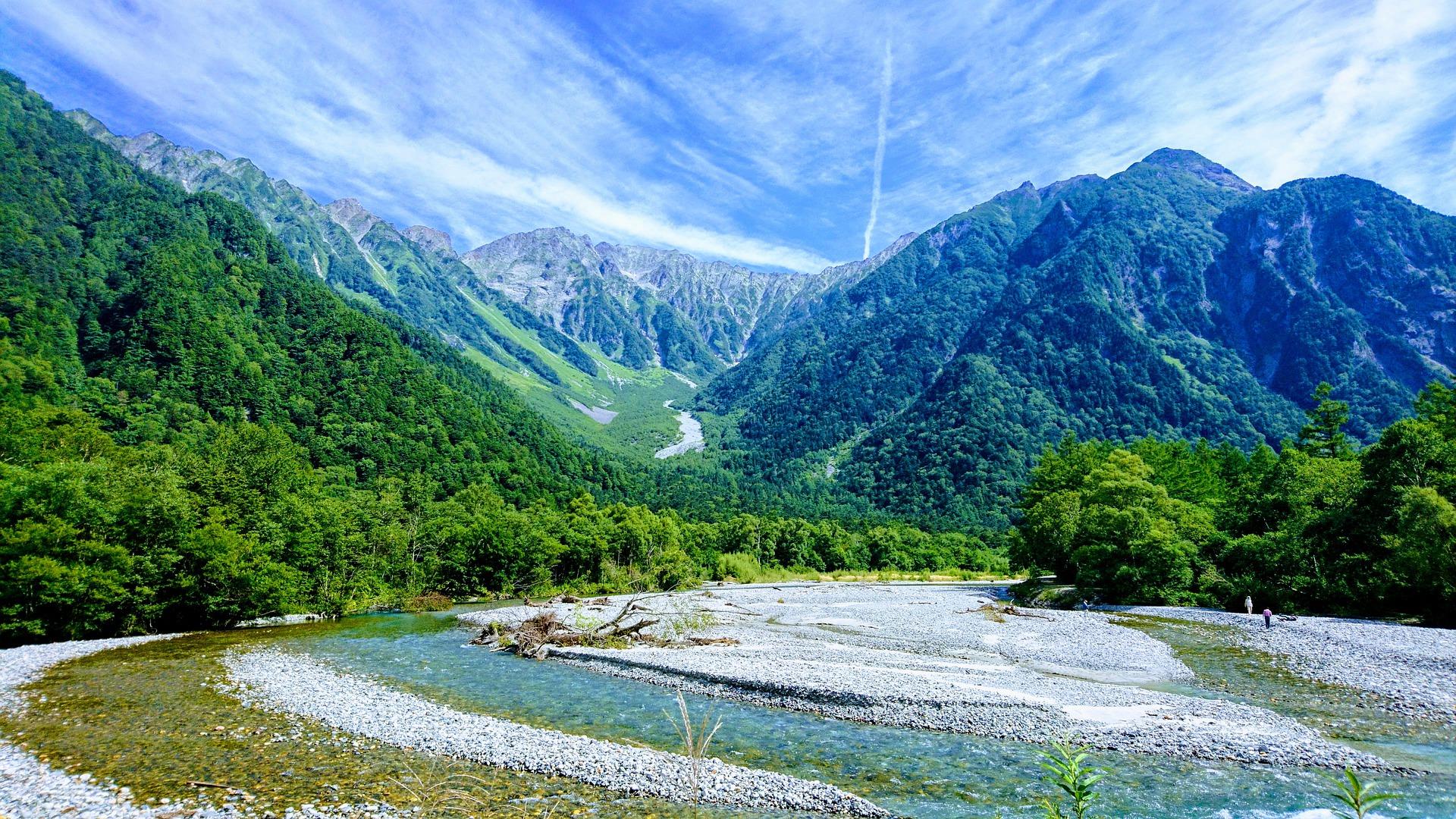Tucked away in the mountains surrounding the mainly rural prefecture of Yamagata you can find Zao Onsen, a heaven for lovers of winter sports and hot springs. As one of the largest ski resorts in Japan, Zao Onsen attracts travelers from all over Japan in spite of its more remote location. In fact, a weekend trip to Zao Onsen in winter is one of the bucket list items of many skiing and snowboarding friends. Let us show you the things you can’t miss on this skiing trip of a lifetime!
Zao Onsen
Zao Onsen is located at an altitude of 880 meters on the volcano Mt Zao. The resort town has become quite famous for its strong acidic onsen, with water that is allegedly able to rejuvenate, beautify, and heal bathers. Minerals in the water and the heat can help with wound healing, muscle and joint pain relief, and even improve conditions like hypertension and diabetes. Of course, it is also very relaxing to soak in a hot spring while the outside air is crisp and cold, especially after a long day on the slopes.
The Zao Onsen Ski Resort is a comprehensive resort that includes not only abundant hot springs and ski slopes, but also many options for shopping, dining, and sightseeing. With over 80 choices for accommodation, finding a hotel or ryokan that suits your budget and interests will be easy.
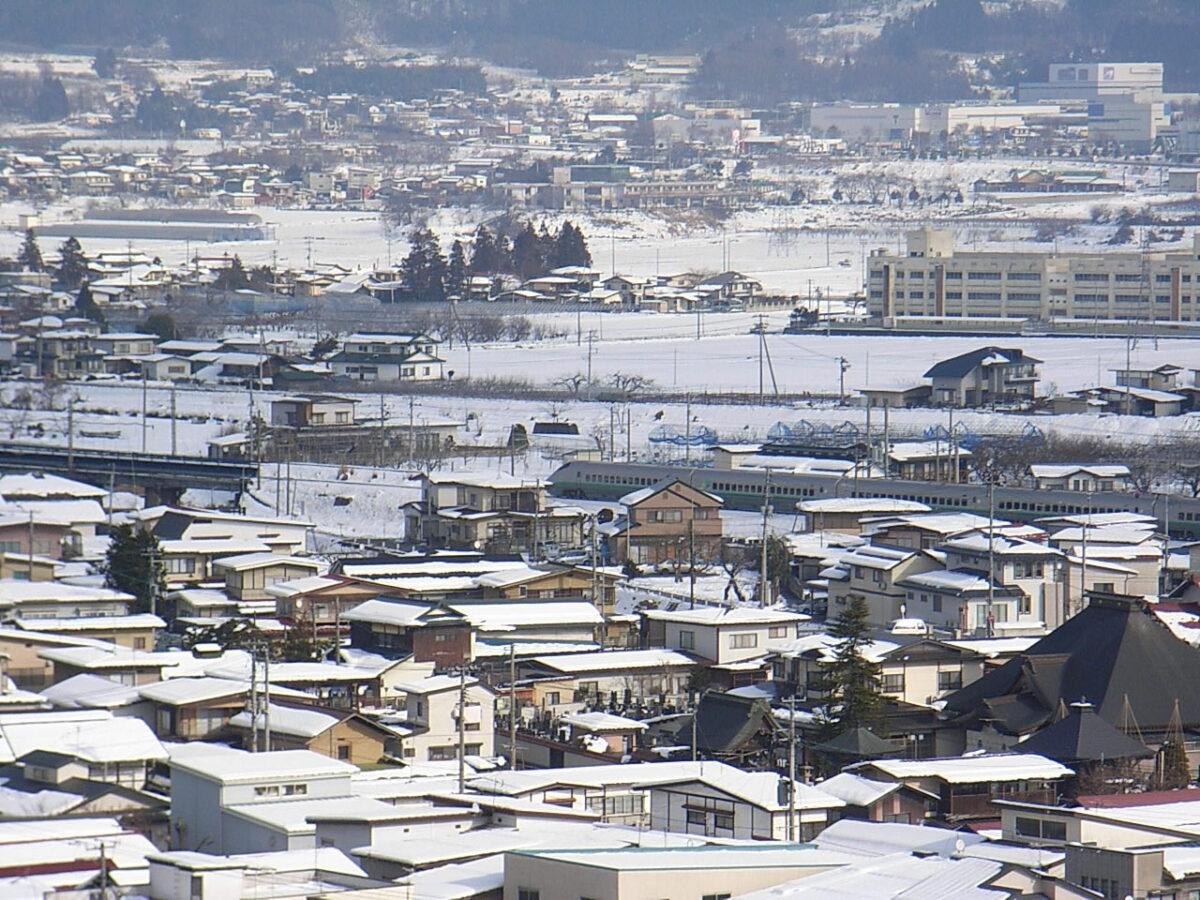
Tohoku JR Pass
Zao Onsen is surprisingly easy to access by shinkansen train, and the good news is that the cost of traveling by bullet train can be significantly reduced by using the Tohoku JR pass that is available for holders of a foreign passport. For only 20.000 JPY (10.000 JPY for children between 6-12) you can ride the trains, shinkansen, and buses in the Tohoku area unlimited for 5 days. To get to Zao Onsen from Tokyo Station, you only need to take 1 train and 1 bus (or 2 buses, depending on your route) that can all be used on the Tohoku JR pass.
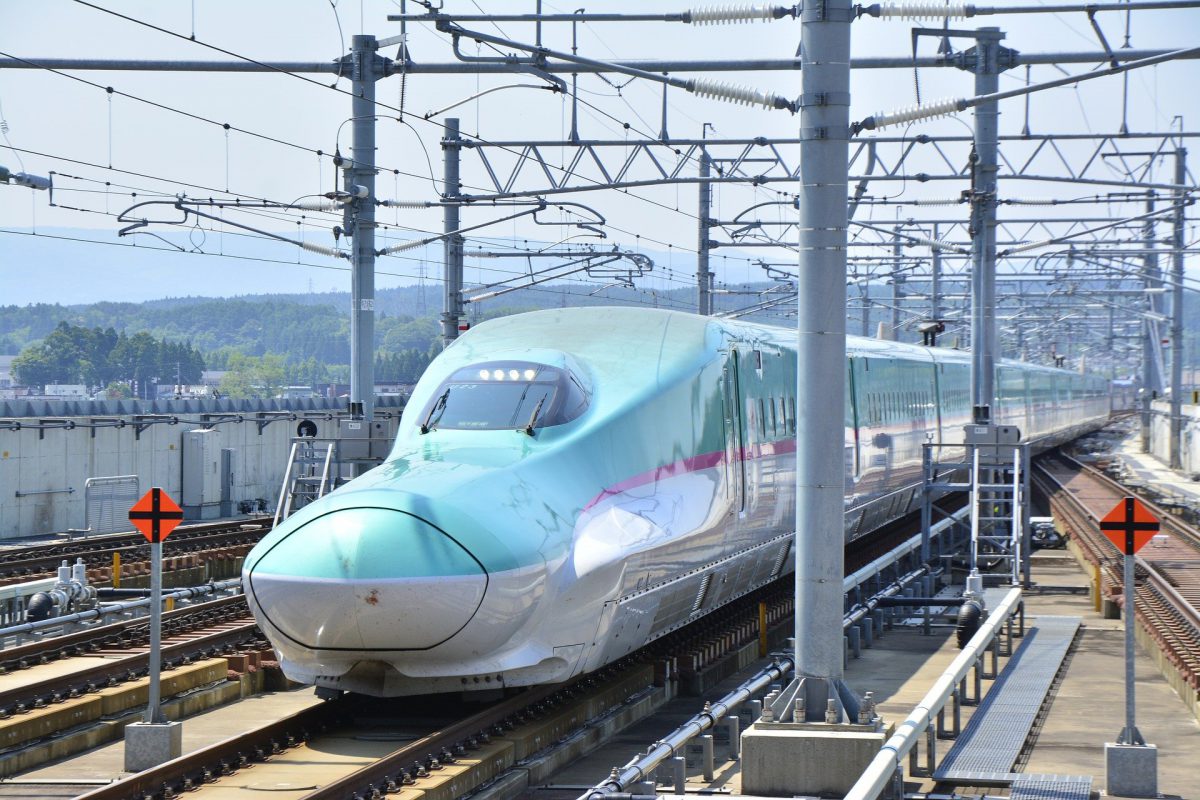
Snow Monsters of Zao Onsen
Only in a few places in Japan, you can see a phenomenon called ‘juhyo’ or ‘ice trees’. They are also called snow monsters sometimes, as the snow-covered trees can look a bit monstrous with their odd, large shapes. Zao Onsen is one of the areas where snow monsters can be seen between January and early March and are at their best in mid-February. There is a special ropeway and a gondola to take you there, and in the daytime, you can ski down from there. In the nighttime, there is no night skiing at that altitude but the snow monsters are lit up to be viewed from inside a warm cafe.
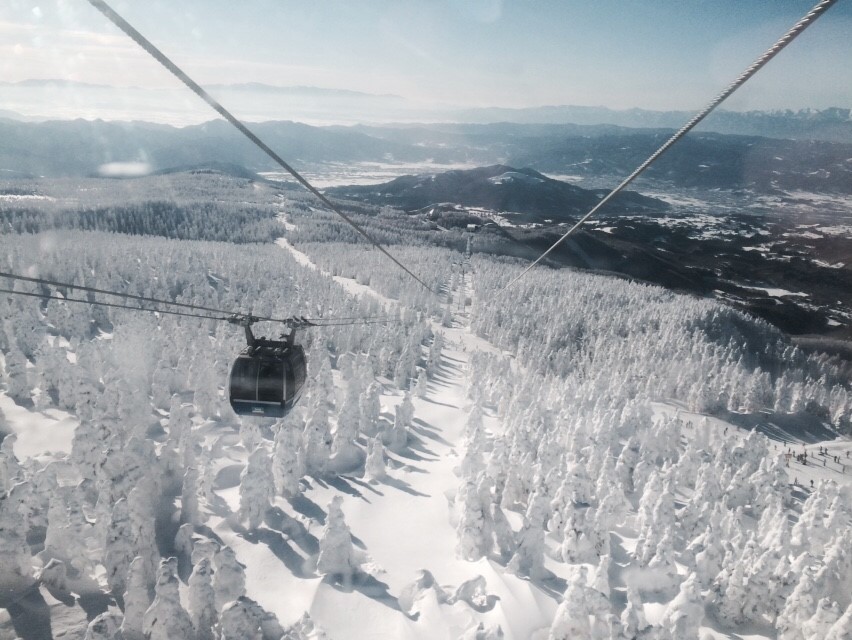
Winter Festival
Japan’s most famous snow festival is held in Sapporo each year, but that is not the only wintry festival fun there is to be had in Japan. If you come to Zao Onsen between late December and March you get to enjoy the Zao Onsen Snow Monster Festival which happens all over the Zao Onsen Resort area. Besides the earlier-mentioned light-up event that literally highlights the snow monsters high up on the mountain, you can also enjoy winter fireworks, displays of projection mapping, and night skiing at lower altitudes.
Skiing in Zao Onsen
Zao Onsen is a true skiers’ and snowboarders’ paradise with more than 20 slopes of all difficulty levels available. Whether you are a complete beginner or need the thrill of a black-level slope, Zao Onsen has plenty available for all levels. The most popular slope is the resort’s very first slope called Ryuzan Slope, which offers great skiing for beginners and kids and amenities at the bottom of the gentle slope. If you’d need lessons, there are 7 different ski and snowboard schools at your service. The Yokokura Slope is a must for thrill-seekers who don’t shy away from a 38-degree incline.
Zao Onsen’s winter sports season starts in late December and continues all the way into early-May. 4 gondolas and 41 ski lifts bring you swiftly and comfortably to the start of each slope. Because of the high altitude, Zao Onsen always receives copious amounts of snowfall so there is no need to worry about warmer years. The longest slope offers a cool 10 km of downhill skiing for a long and leisurely ride down. Many courses offer amazing scenic views of the alpine environment that’s so characteristic of Yamagata.
Traveling in Japan
Winter is Japan’s low season, meaning that you can travel in Japan in relative peace and quiet. Popular sightseeing spots aren’t as crowded and in many accommodations in major cities, prices are lower than during the popular spring season. There are, however, plenty of things to enjoy in Japan during the winter season. If you prefer traveling during downtimes, we wholeheartedly recommend coming to Japan between January and early March. If you are heading to Zao Onsen, you may want to combine your trip with a tour in the area that is recovering from the earthquake, tsunami, and nuclear disaster of 2011 with a local guide. And if you are going to stay in cities in Japan, you can make the most out of your visit by booking a private tour with a local guide. We offer fun and educational private tours by experienced guides in cities like Tokyo, Kyoto, Osaka, and Hiroshima. As these are all private tours, you can always ask the guides to show you the highlights as well as the more hidden gems of their city, making your visit a lot more interesting.
Follow us on Instagram, Facebook and Twitter for more travel inspiration. Or tag us to get featured!
Happy travelling!
Stay informed of the best travel tips to Japan, the most exciting things to do and see, and the top experiences to have with the Japan Wonder Travel Newsletter. Every week we will introduce you to our latest content.
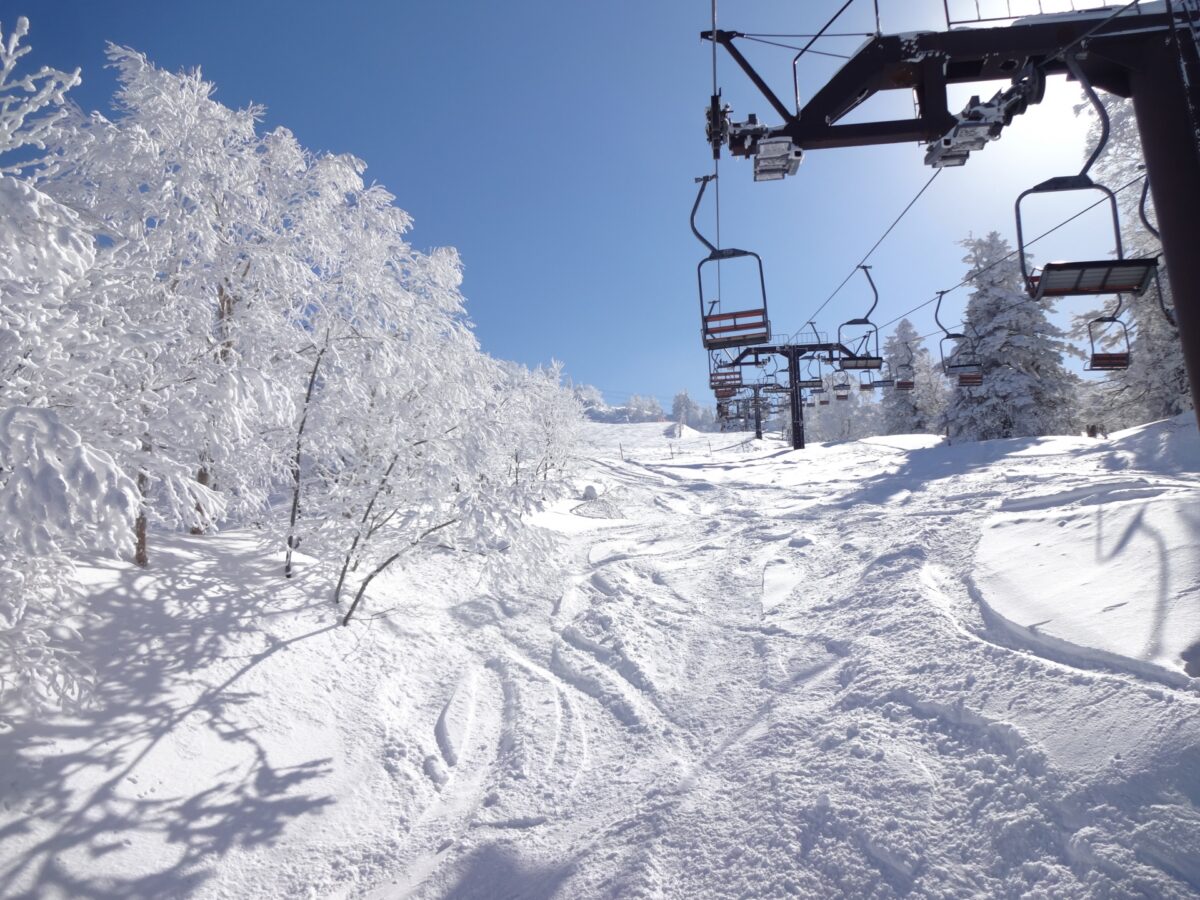
Other articles you may enjoy

Stefanie Akkerman moved from the Netherlands to Japan in 2013 with her Japanese husband and son. She jumped into the niche of Dutch tour guiding in Tokyo and Kamakura in 2015 and occasionally writes articles about all the great sights and activities Japan has to offer. She loves (Japanese) food, and to work that all off she goes diving, snorkeling, cycling, or hiking.
This post may contain some affiliate links. When you click through and make a purchase we may receive some commission, at no extra costs to you.
